
A century back, the Atlantic Meridional Overturning Circulation (AMOC) was a stable behemoth, carrying warm tropical waters up to the north and bringing cold, dense water back southward at depth. Now, scientists predict that its collapse is on the cards, and a new physics-based measure has honed the forecast window to within decades. “The probability of AMOC breaking down due to global warming was below 10%,” according to Stefan Rahmstorf of the Potsdam Institute for Climate Impact Research. “Now it is perhaps more like 25%” even in low-emission scenarios.
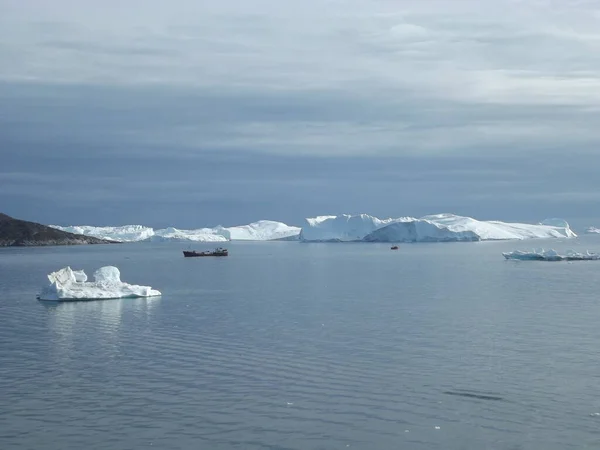
1. A New Diagnostic for a Complex System
Classic AMOC monitoring has depended on indirect proxies like sea surface temperature anomalies. The novel method targets, however, a sign reversal in surface buoyancy flux, a quantity summarising heat and salinity impacts on water density over the temperature-poorest part of the subpolar North Atlantic (40°N–65°N). When surface waters become buoyant rather than negatively buoyant, deep convection collapses, indicating the initiation of collapse. This physically based proxy can be calculated in numerous climate models, making systematic intercomparison feasible.

2. Model Ensemble Outcomes and Timing of Tipping Point
Applying the Community Earth System Model (CESM) and 25 climate models, scientists discovered AMOC stable up to circa 2020, followed by the initial indication of its weakening. High-emission runs generated tipping points from as early as 2023 to as late as 2076, with a median at 2055. Intermediate runs pushed the median to 2063. As soon as they were triggered, runs from models indicated the AMOC taking more than a century to become markedly weaker, although some scientists, such as Sybren Drijfhout, warn that collapse might come within 50 years as a result of more-rapid-than-modelled feedbacks.
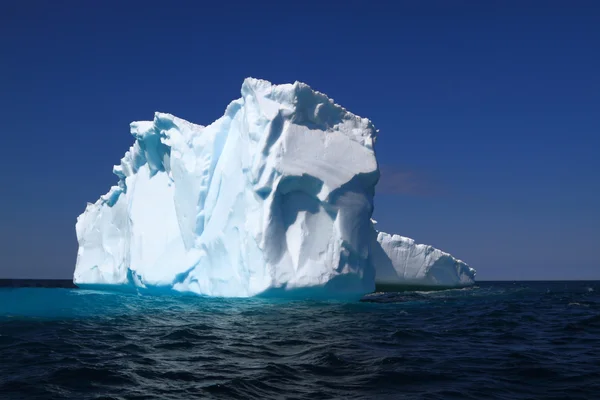
3. The Physics Behind Buoyancy Flux
Buoyancy flux combines two drivers: haline contraction (freshwater flux) and thermal expansion (heat flux). Positive buoyancy anomalies from increased freshwater input or less loss of heat to the atmosphere make surface waters lighter, preventing sinking. In the subpolar North Atlantic, this process is enhanced by the salt-advection feedback: a weaker AMOC exports less salty water to the north, still freshening the surface and enhancing stratification.
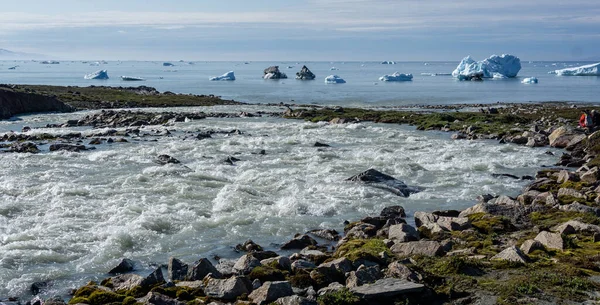
4. The Role of Greenland Meltwater
A number of the ensemble models exclude augmented Greenland ice sheet melt, a recognised driver of AMOC decline. Greenland has lost 5,900 gigatonnes of ice since 2002, pumping buoyant freshwater into deep-water formation regions. Ocean simulations at high resolution reveal that incorporating this meltwater can bring forward an estimated 30% decline by two decades, highlighting that current estimates are likely to be conservative.
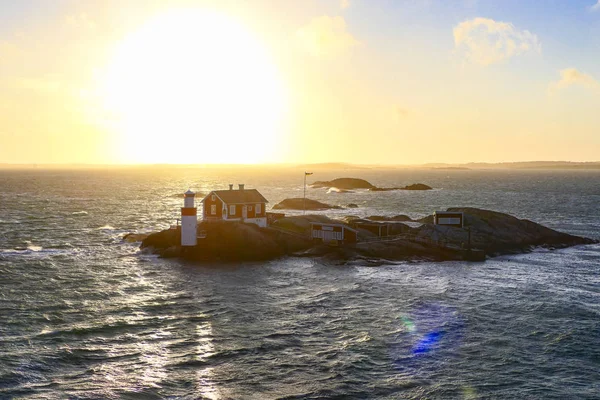
5. Deep Convection Collapse as the Tipping Trigger
Longer CMIP6 simulations to 2300–2500 years show that the collapse mechanism is linked with the shutdown of deep convection in winter in the Labrador, Irminger, and Nordic Seas. With atmospheric warming suppressing ocean heat loss, vertical mixing is weakened. The resulting lighter surface layer resists sinking, entraining a self-reinforcing feedback that lasts long after initial atmospheric drivers.
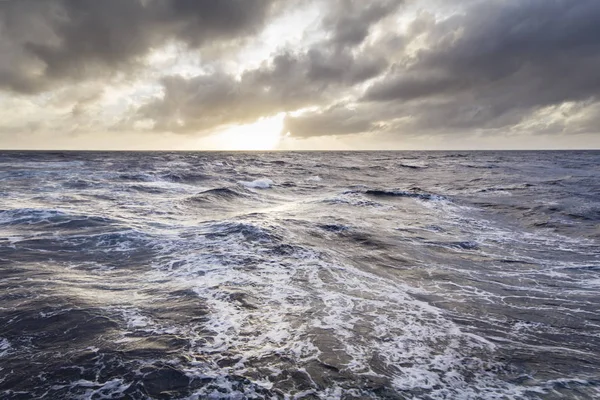
6. Beyond the Atlantic: Southern Ocean and Pacific Links
Recent research emphasises that Southern Ocean wind-driven upwelling can, at least temporarily, support AMOC strength during extreme forcing. But if a Pacific Meridional Overturning Circulation (PMOC) forms as in some quadrupled-CO₂ runs, it will shift upwelling away from the Atlantic, accelerating collapse. These basin-scale processes show that AMOC stability is not an exclusively Atlantic issue but a global overturning “see-saw.”
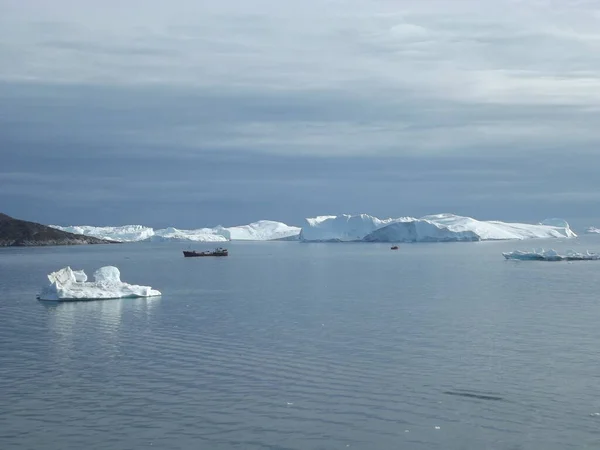
7. Internal Variability and Noise-Induced Tipping
Rare-event algorithms applied to coupled climate models show that internal atmosphere–ocean variability alone can induce abrupt AMOC slowdowns. Intensified North Atlantic westerlies, anomalous freshwater fluxes, and reduced Labrador Sea convection can push the system past a threshold without external forcing. Once AMOC strength drops below ~7.5 Sverdrups in these simulations, recovery is not observed over centuries.

8. Climate Impacts of a Weakened or Collapsed AMOC
A collapse would move the Intertropical Convergence Zone southwards, interfere with monsoons, and introduce colder, stormier winters and drier summers to Northwestern Europe. Sea level on the U.S. East Coast may increase by another 50 cm as a result of dynamic redistribution. Model studies also indicate intensified Southern Hemisphere warming and changed precipitation patterns worldwide.

9. The Case for Extended Simulations
Numerous CMIP6-level runs cut off at 2100, omitting post-tipping dynamics. The research calls for simulations being carried out to 2200 at least to encompass the entire collapse path and climatic legacies. This is particularly important for the evaluation of long-lived feedbacks between ocean circulation, ice sheets, and carbon capture.
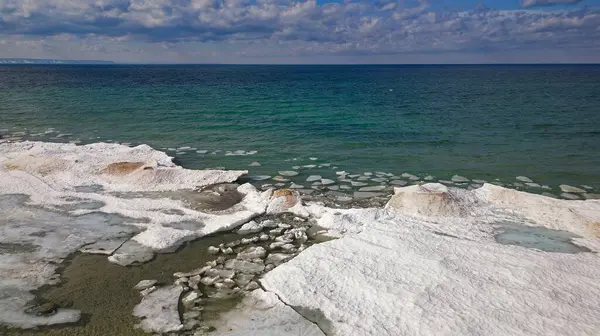
10. Urgency and Mitigation Pathways
While the signal provides earlier notice, it also emphasises narrowing the window for prevention. “To constrain the risk of AMOC weakening and possible collapse, immediate climate action is essential,” the authors say. Low-emission paths achieving mid-century net-zero remain the most trusted means to prevent crossing the buoyancy-flux tipping point.
By reconceiving AMOC monitoring in terms of a physically based, model-independent parameter, researchers have both demystified the risk timeline and revealed the frailties in existing projections. The climate policy message is clear: the physics now suggests a tipping point squarely within planning horizons, and the clock is ticking.


